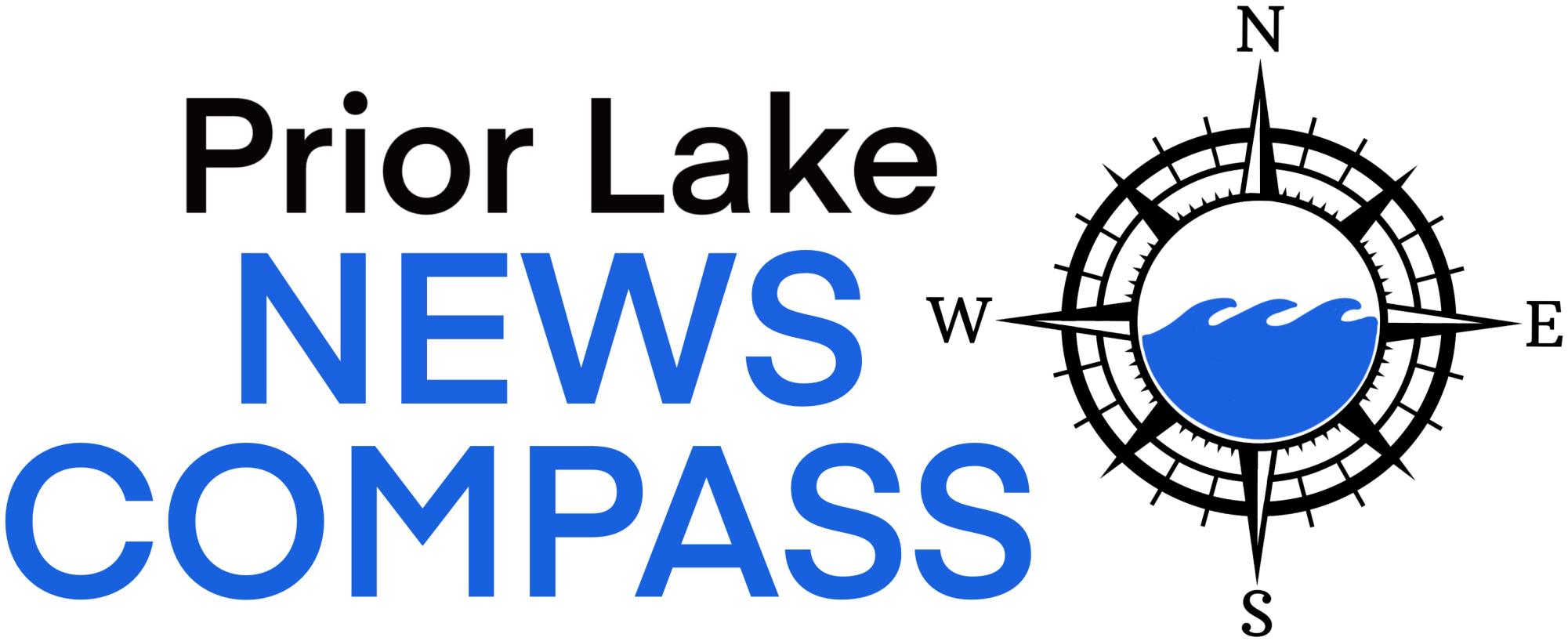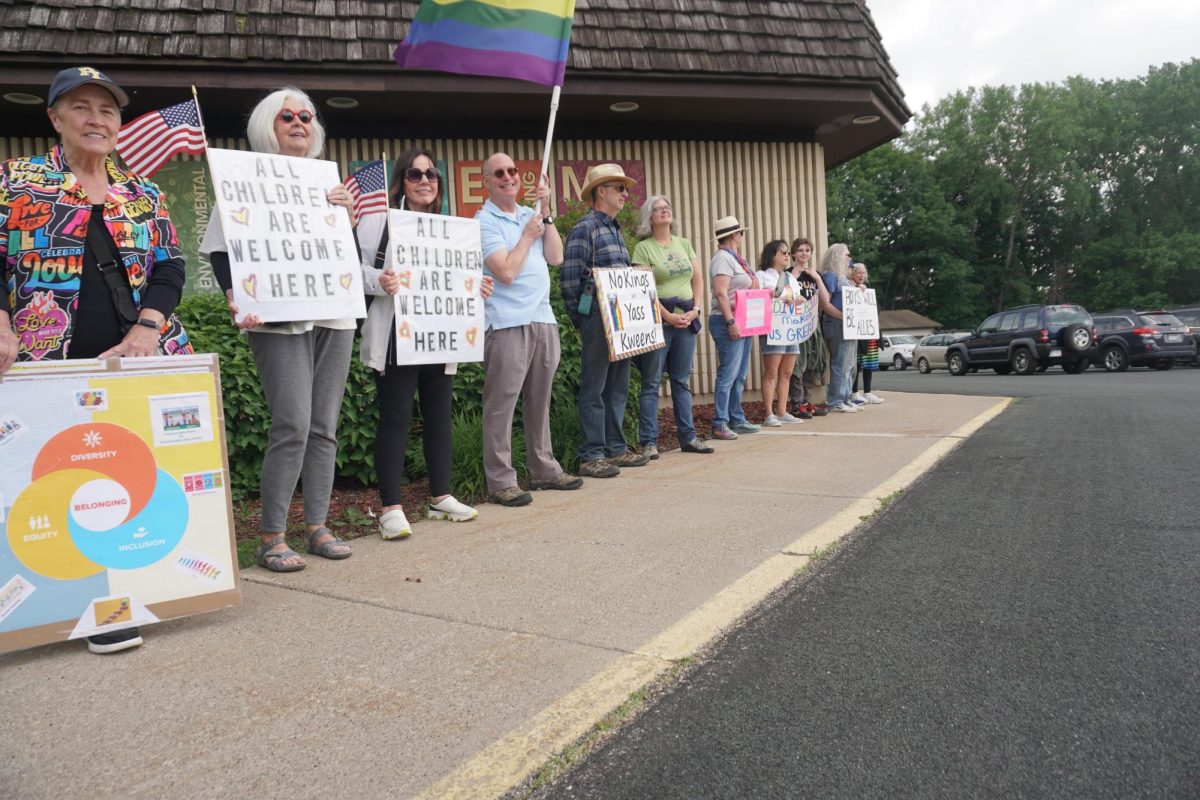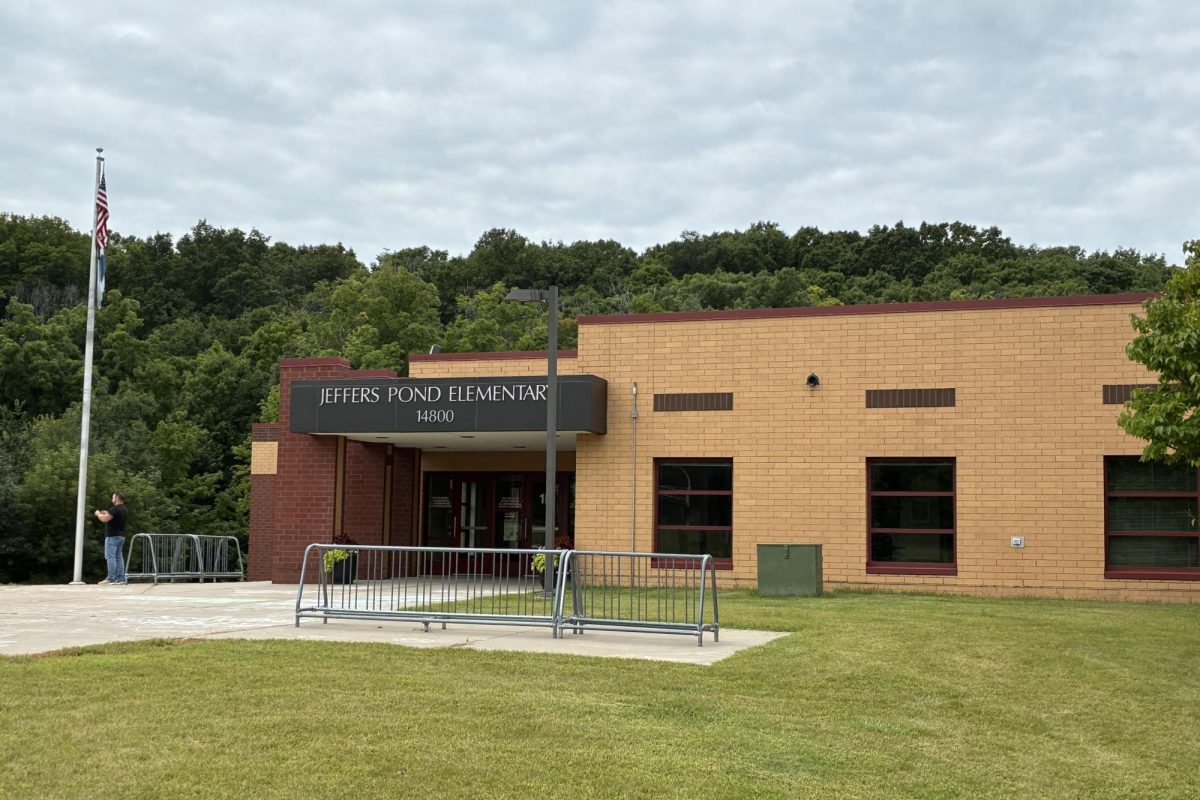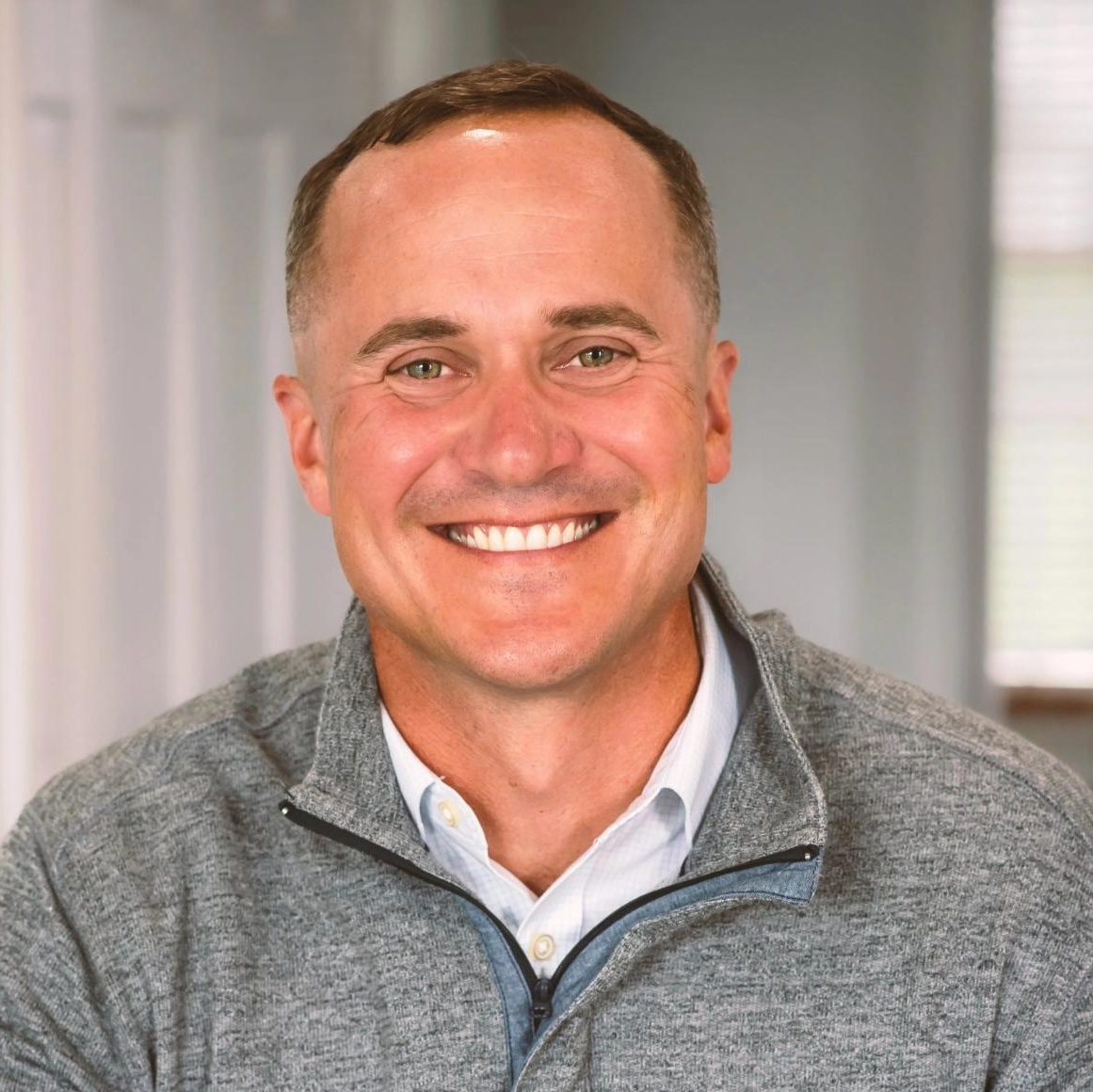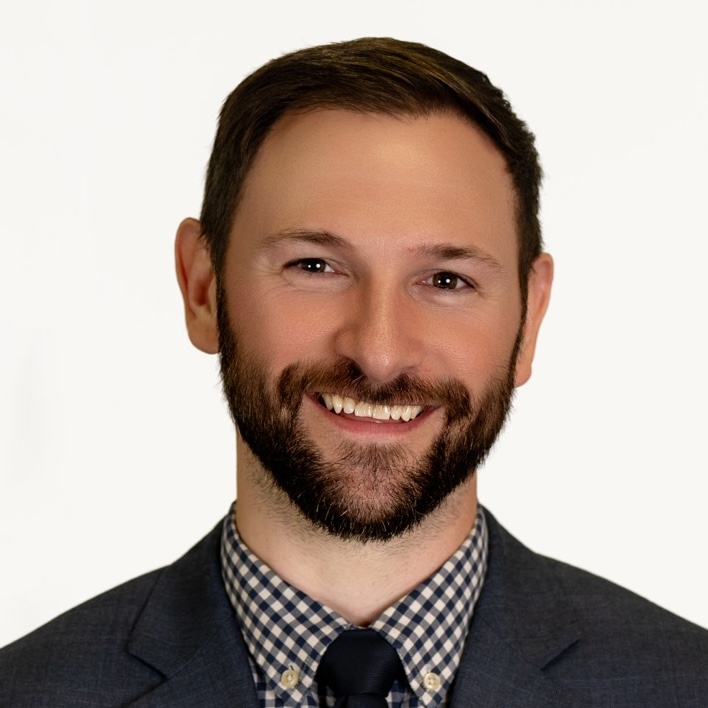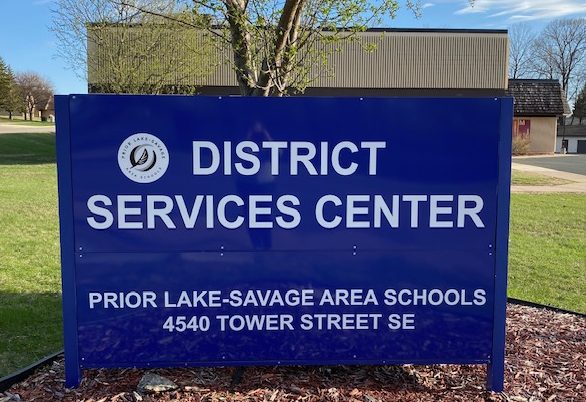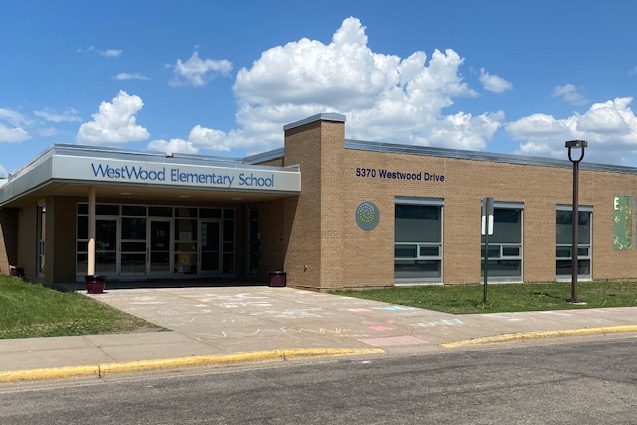The Prior Lake-Savage Area Schools board chose to eliminate its resolution in support of equity and inclusion, removing the guiding document that directed the district and its board to commit to governing in a manner that prioritizes diversity, equity and inclusivity.
The resolution was adopted in 2020 after months of study by a committee of parents, students, employees of the district and members of the Prior Lake and Savage communities. The board departed from its standard practice of addressing the change of a policy or resolution across multiple board meetings or work sessions, eliminating the resolution in the first meeting in which it appeared on the agenda.
The board voted 5-2 in favor of eliminating the resolution. Board chair Dan White and members Lisa Atkinson, Amy Bullyan, Charles Johnson and Jessica Mason voted in the affirmative; board members Mary Frantz and Jessica Olstad voted against the motion while urging the board to table the vote to allow a more robust conversation on the resolution’s fate.
“I think this needs more discussion for the sake of full transparency, something I know we all value on this board,” Olstad said. “This resolution should be open for discussion [with the community] before we as a board are forced to cast a vote on it.”

The resolution states in part that the board is “fully committed to developing and sustaining an inclusive and anti-racist school community, where ALL students, parents, families, staff, and community members are safe, welcomed, and valued, notwithstanding their race, ethnicity, gender, religion, national origin, sexual orientation, gender identity, linguistic diversity, socio-economic status, or membership in any other protected class.”
The elimination of the resolution is the latest move by the body to reduce or eliminate the presence of so-called DEI initiatives within the district. Part of the district’s slimmed-down budget, also finalized during the meeting, included a staffing reduction that eliminated the position of director of equity and inclusion, a position held by Sam Ouk.
The topic of DEI has been a prominent talking point by the national conservative movement in the last election cycle, and has been a frequent target of President Donald Trump when speaking about domestic issues.
Supporters of the resolution said the national rhetoric should not play a role in local school board governance.
“Please don’t allow this district’s direction and the minds of our children to be shaped by politically charged narratives, misinformation or ideologies rooted in fear rather than fact,” said G. Bryan Fleming, a Prior Lake resident and former educator in Hopkins and at The Blake School.
Indeed, some of the more viral news stories alleging extreme behavior in schools was nowhere to be found in Prior Lake High School, said Bennett Gillespie, a student who graduated from the district just last week.

“I was at PLHS for all four years of my high school experience, and during that time, there was no indoctrination,” Gillespie said. “There were no litter boxes in bathrooms. There were no teachers encouraging students to become gay or transgender, and there were no lessons that taught white students to feel personally responsible for any historical events.”
Gillespie told the board that equity could take many forms for students, and that removing the resolution would only have a negative impact.
“Equity does not mean indoctrination or unfair advantages,” Gillespie said. “It means students like me will have the same chances to succeed as our peers do.
“Removing or weakening the equity resolution will not increase test scores. It will not improve any attendance, and it won’t magically solve the budgeting issue. All it will do is make students who are already struggling with the weight of an intolerant society feel even less safe and welcomed in a place that is supposed to be preparing us for our futures.”
Addressing equity, achievement gaps
Members of the board who voted to eliminate the resolution insisted the move was not meant to be a sign of the district’s departure from equity or inclusion.
Bullyan called the resolution “divisive” and said removing it would be a unifying move that would bring people together.
“There is such strong opinion from one side to another. When I think about the need for students to be heard, accepted, seen, that role happens in the classrooms,” she said.
Mason agreed, saying the district’s work on equity does not “only lie in a resolution.”
“It is work that is done [in the schools] day in and day out,” Bullyan said.
White called the resolution ineffective, saying the intent was to help narrow achievement gaps in minority student groups.
“Those gaps have remained largely unchanged, and in some cases, have gotten wider. We as a board have to do better.”
He said that the board should concern itself more with results, which White said the resolution has failed to yield.
“Every student in this district, especially those that have the unique educational needs that this resolution has failed to properly address, are counting on us.”
